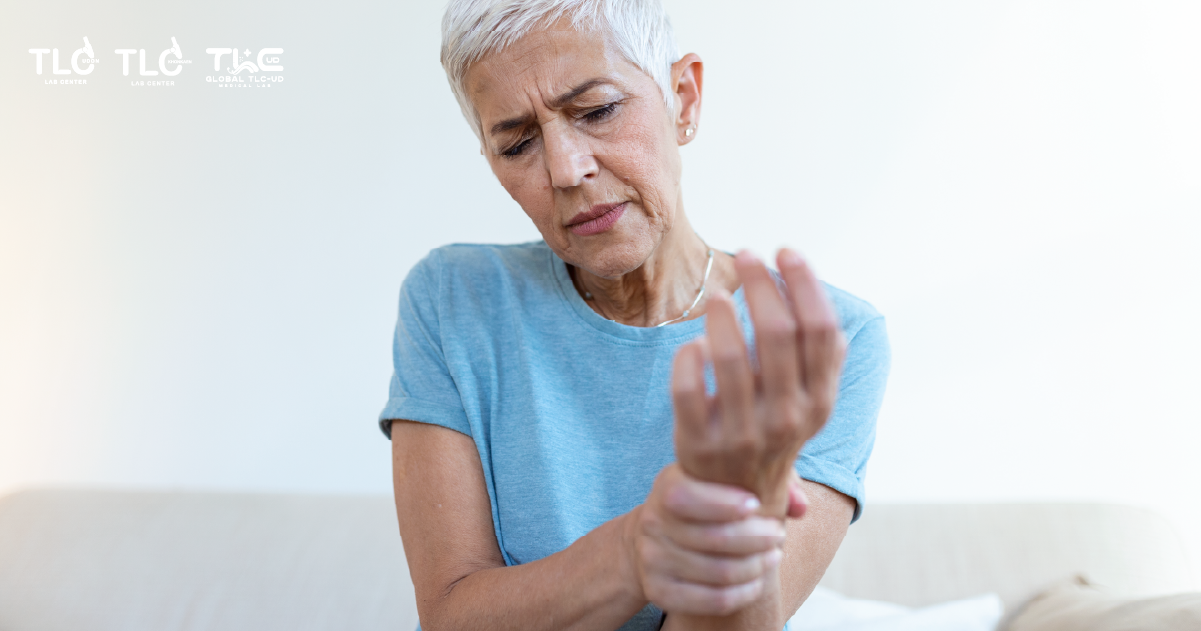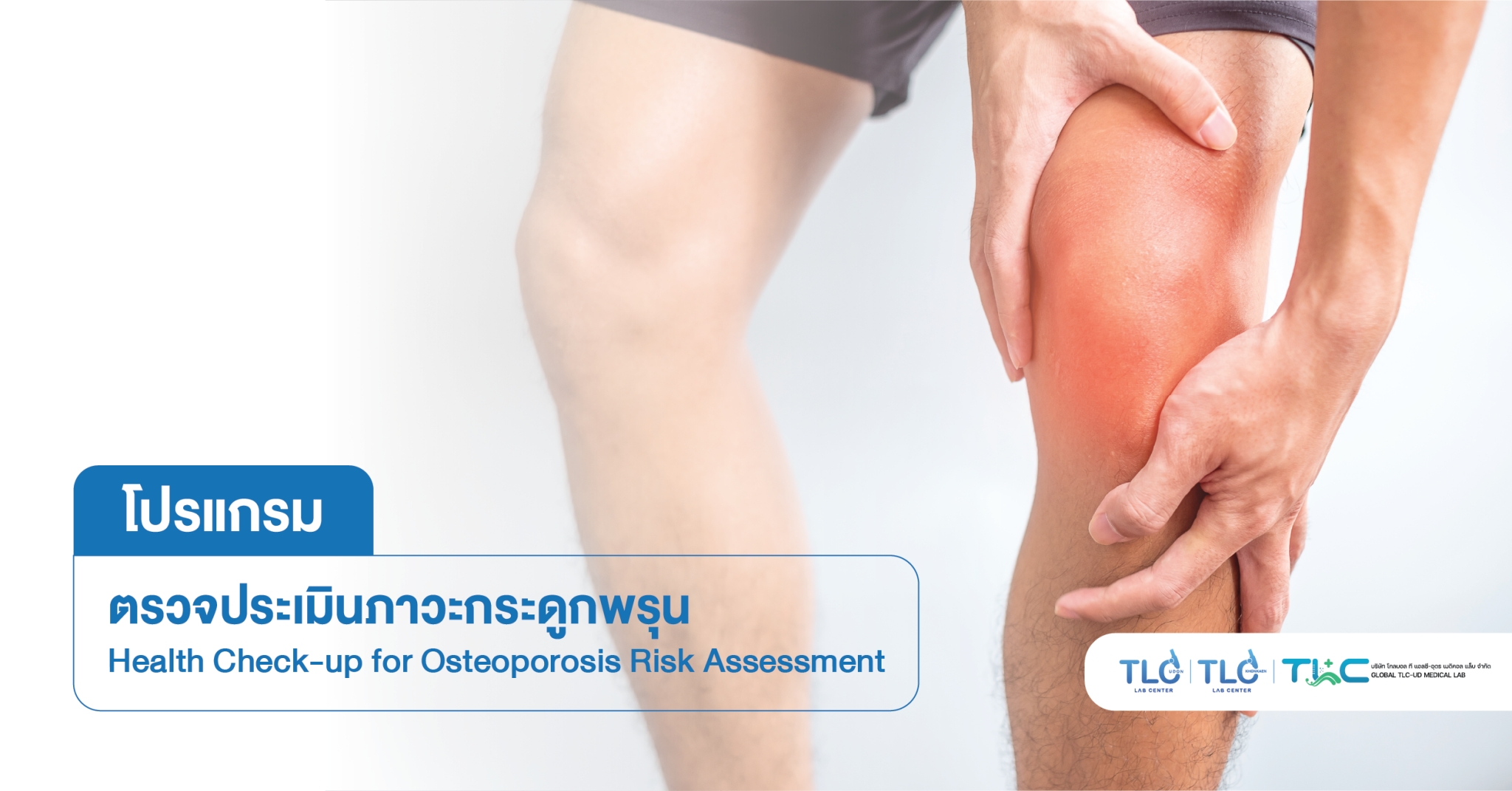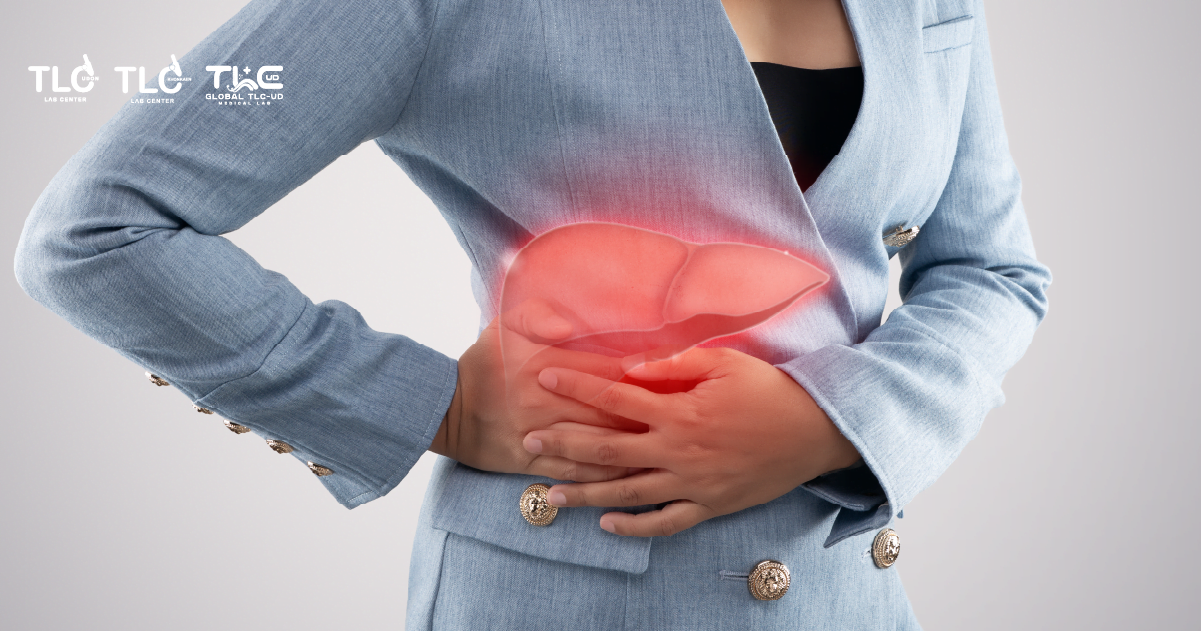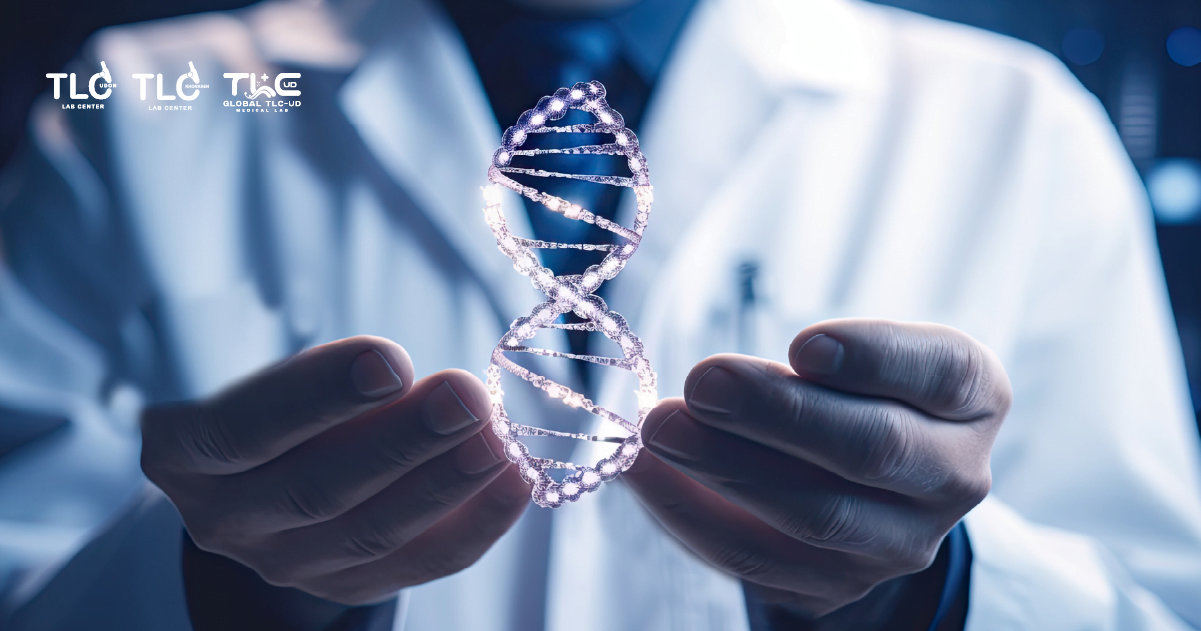What is Osteoporosis?
Osteoporosis is a condition in which bone density and mass decrease, making bones fragile, deformed, and more prone to fractures. It typically occurs as people age, especially from middle age to the elderly. In some cases, osteoporosis may also cause a decrease in height due to bone deterioration. The primary consequence of osteoporosis is an increased risk of bone fractures, as bones are less capable of supporting weight, impact, or pressure.
High-Risk Areas for Osteoporotic Fractures:
Fractures commonly occur in the following areas:
- Spine
- Hip
- Wrist
- Upper arm near the shoulder
Causes of Osteoporosis:
Bones are made up of osteoblast cells, which build new bone from calcium and protein as part of the body’s growth and maintenance process. They also contain osteoclast cells, which break down old bone.
Osteoporosis occurs when there is an imbalance between these two types of cells—bone breakdown exceeds bone formation.

Risk Factors for Osteoporosis:
Several factors can increase the risk of developing osteoporosis:
- Aging: As we age, bone mass naturally declines, making bones more brittle and easier to fracture even from minor impacts.
- Hormonal changes: In women, oestrogen levels drop after menopause. In men, reduced testosterone levels can also increase osteoporosis risk.
- Genetics: A family history of osteoporosis raises your risk.
- Glandular or organ disorders: Such as thyroid, parathyroid, adrenal glands, kidneys, and liver issues.
- Certain diseases: Including autoimmune diseases, rheumatoid arthritis, and bone cancers.
- Poor nutrition: Insufficient calcium intake or eating habits that disrupt calcium balance.
- Vitamin D deficiency
- Alcohol and tobacco use
- Medications: Especially long-term use of corticosteroids, which accelerate bone loss or hinder bone formation.
Symptoms of Osteoporosis:
Osteoporosis often has no early symptoms. Most people are unaware they have it until a fracture occurs. However, there are some signs to watch for that can help with early detection and prevention:
- Chronic back pain
- Stooped posture or a curved upper spine
- Loss of height
- Bones that fracture easily from minor injuries
How to Prevent Osteoporosis:
1. Eat foods rich in calcium and vitamin D
- Calcium: Found in milk, yogurt, cheese, beans, sesame seeds, and leafy greens.
- Vitamin D:
- Obtained from gentle sunlight exposure, ideally:
- Before 8:00 AM
- After 4:00 PM
- Obtained from gentle sunlight exposure, ideally:
- Also found in foods such as egg yolks, salmon, and liver.
2. Exercise regularly
Especially weight-bearing and low-impact exercises like brisk walking, jogging, aerobic dancing, or light weightlifting to stimulate bone formation.
3. Avoid bone-damaging habits
- Quit smoking
- Reduce alcohol consumption
4. Maintain a healthy weight
5. Be cautious with medications
Especially long-term use of corticosteroids.
6. Get regular bone health check-ups
Particularly important for postmenopausal women and those with a family history of osteoporosis.

Laboratory Testing for Osteoporosis Assessment :
Tests may include:
- Bone Marker Profile (Total P1NP, b-Cross Laps, Osteocalcin)
- Vitamin D level
- Parathyroid hormone
- Calcium
- Magnesium
- Phosphorus
- Alkaline phosphatase
- IGF-1 (Insulin-like Growth Factor 1)
- SHBG (Sex Hormone-Binding Globulin)
- Oestrogen
- Testosterone

